Bodgers
Established Member
Thanks Custard

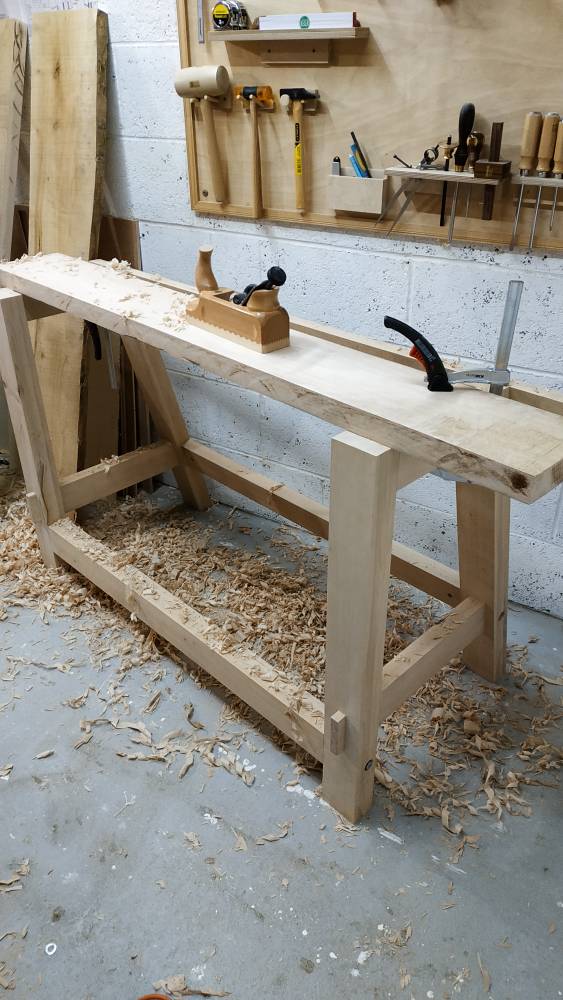






Yep, good for the fitness levels thoughcustard":vi8z2659 said:56mm down to 42mm in Beech and with a hand plane is very hard graft indeed! I hope you have better luck with your remaining boards.
Laminating is of course an option, but it'll really test your hand plane skills to get reasonably tight glue lines, and as there'll be quite a few pieces you'd need to be consistent. Maybe you can take the unplanned dodgy board back and swap it for something better? I don't know if this yard lets you self select, but if you explain what you're doing there's every chance you'll get a sympathetic hearing, most timbers yards will go the extra mile to help the hand tool worker.
Good luck!
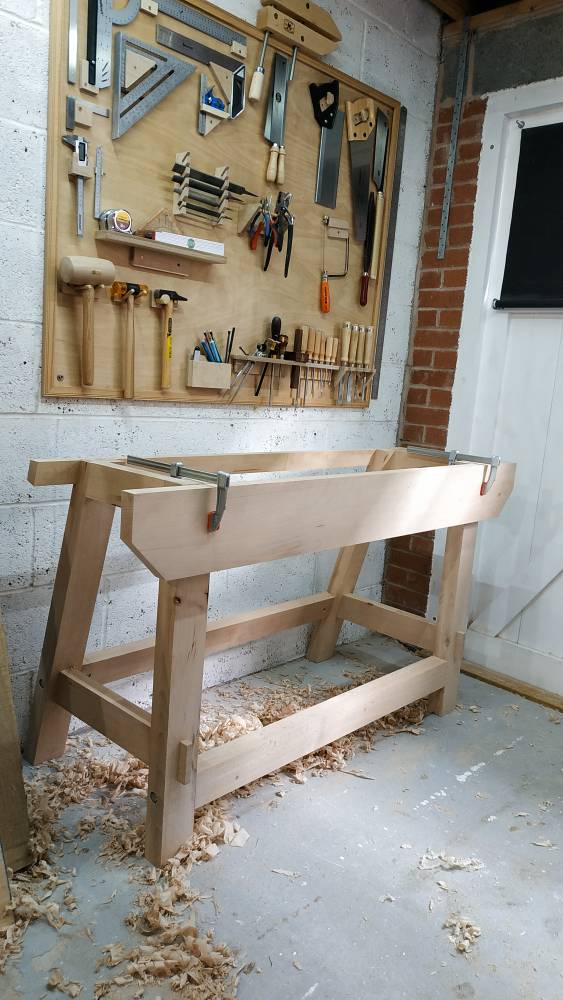
Bodgers":9cn54d27 said:I have decided I am not entirely happy with my ECE jointer plane.
I seem to be getting a lot of clogging with shavings in the mouth. At one point I had chip breaker issues with stuff getting trapped between the breaker and the blade. That's mostly resolved after I flattened the leading edge of the breaker where it contacts the blade and retighted the bolts to the blade. Still not 100% happy though.
Blade is sharp enough to slice through paper but often it just seems to bite and dig in random spots and then just glide over stuff. No problems with my ECE jack plane, sharpen it and it just works like a dream. I might sell it and get a no.7 or something.
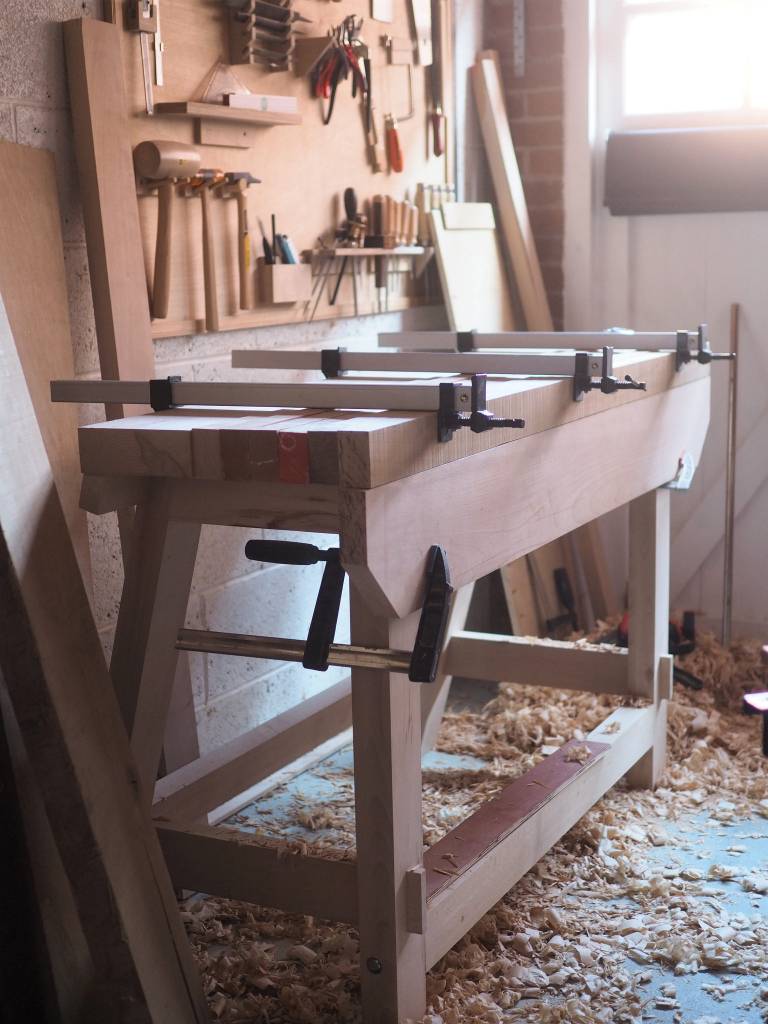

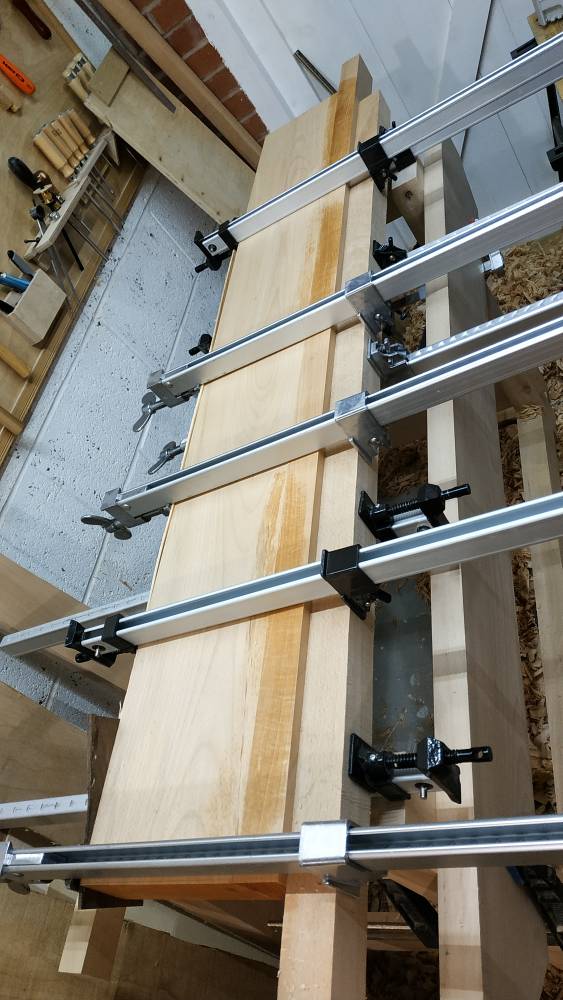
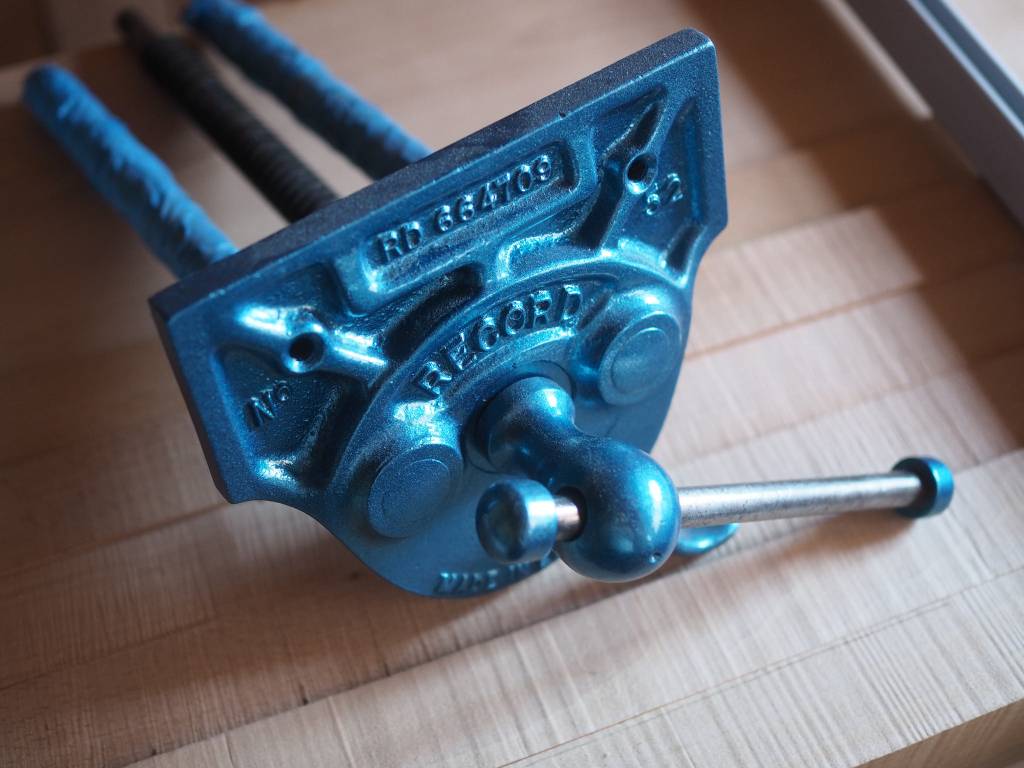
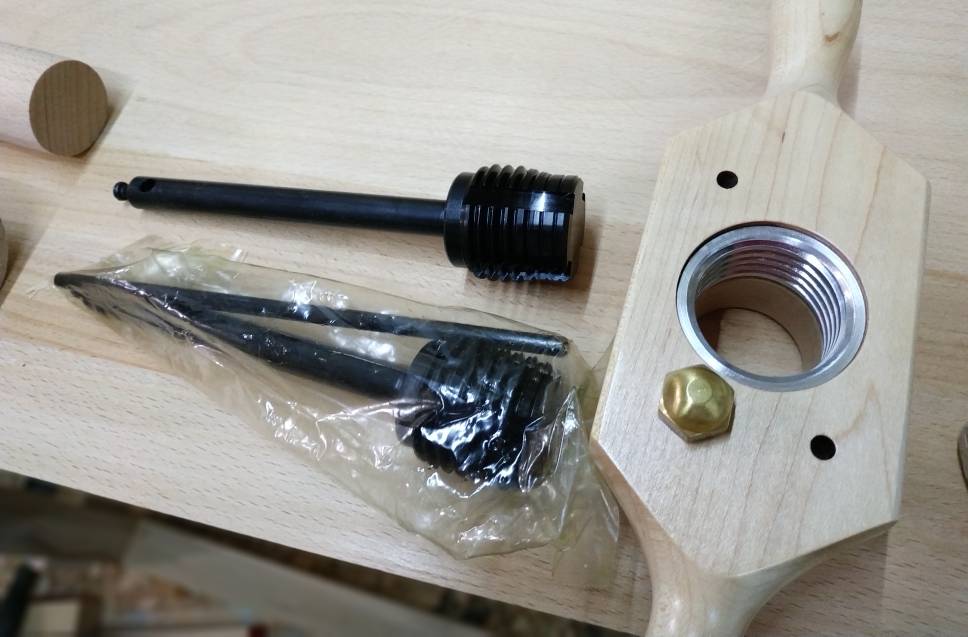
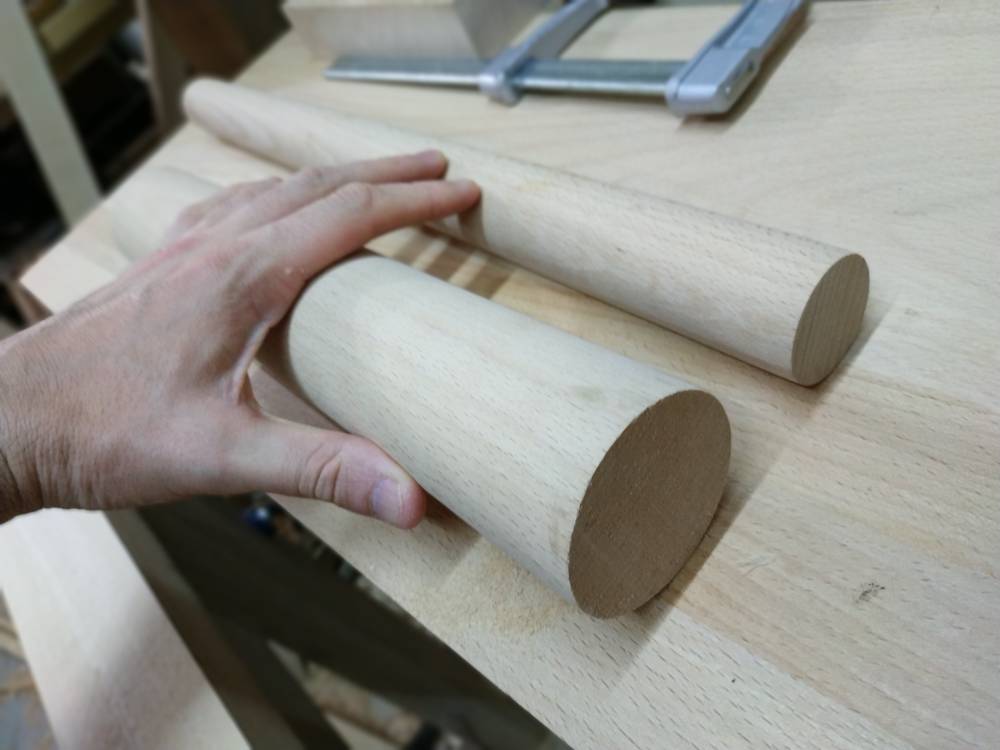

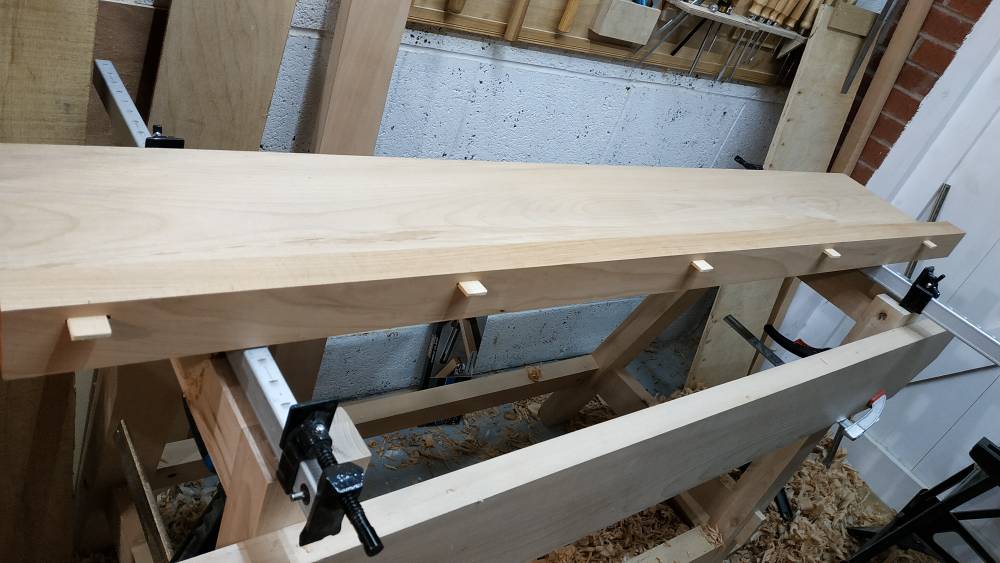

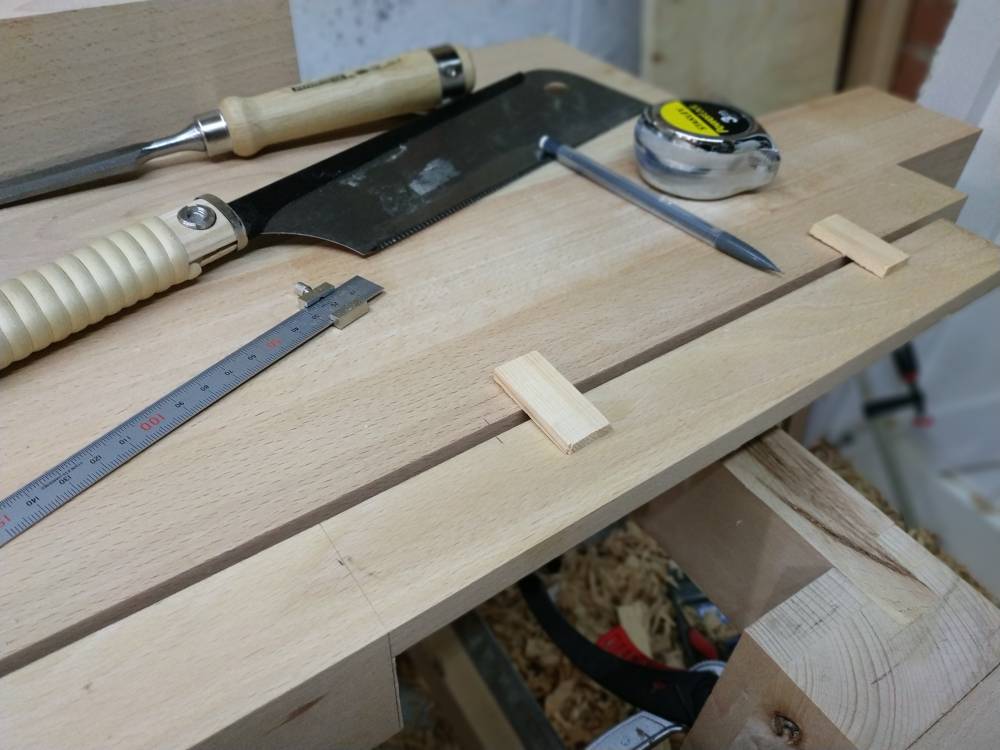
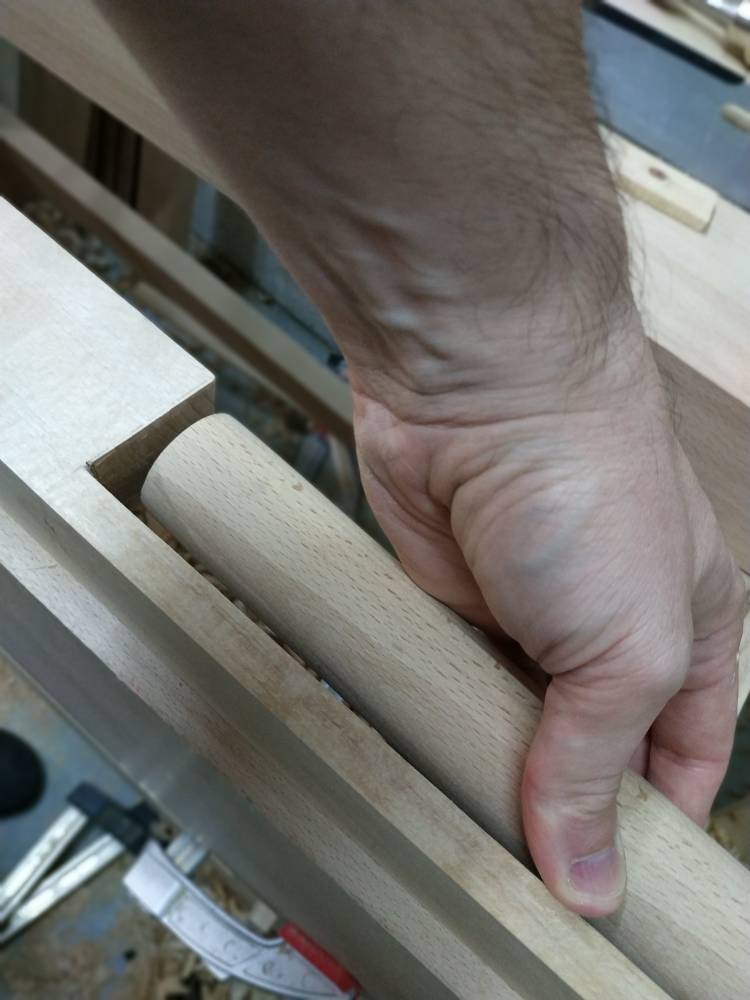


AndyT":1dcrowmr said:Interesting and ingenious!
The tap with the smaller diameter tip will be easier to use first, as the tip will fit into the hole and keep things square.
The other one will let you tap to the bottom of a blind hole if you need to.
On a large diameter like that I think it might be slightly wider as well, so you don't have to strain and remove all the wood in one go.
You'll need to hone the cutter in the thread box / die. It's like a carver's v gouge. I like to think of it as honing three tools - two chisels connected by a small diameter gouge. Not just two chisels - it's easy to get a strange long point at the intersection if you just treat it as two chisels.
Enter your email address to join: